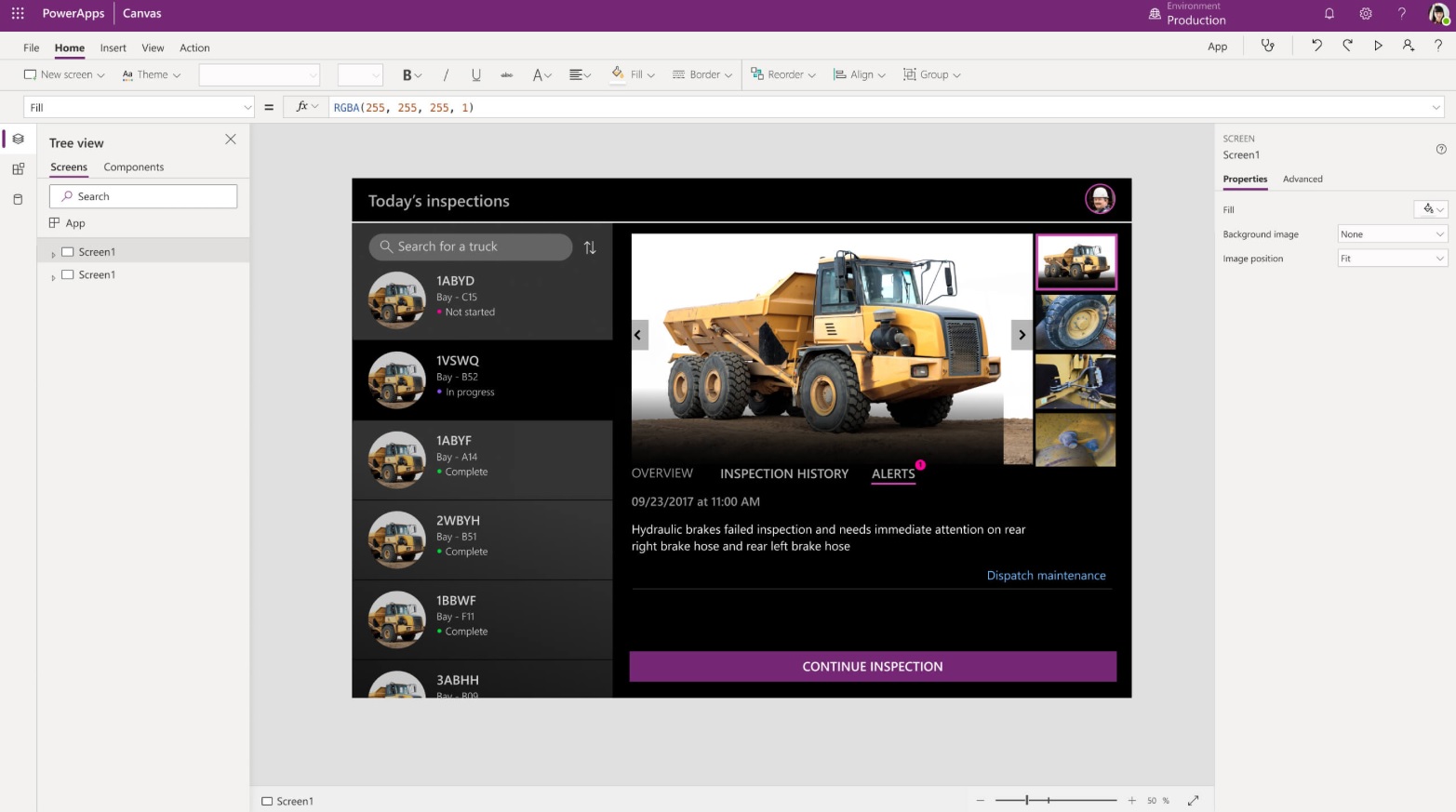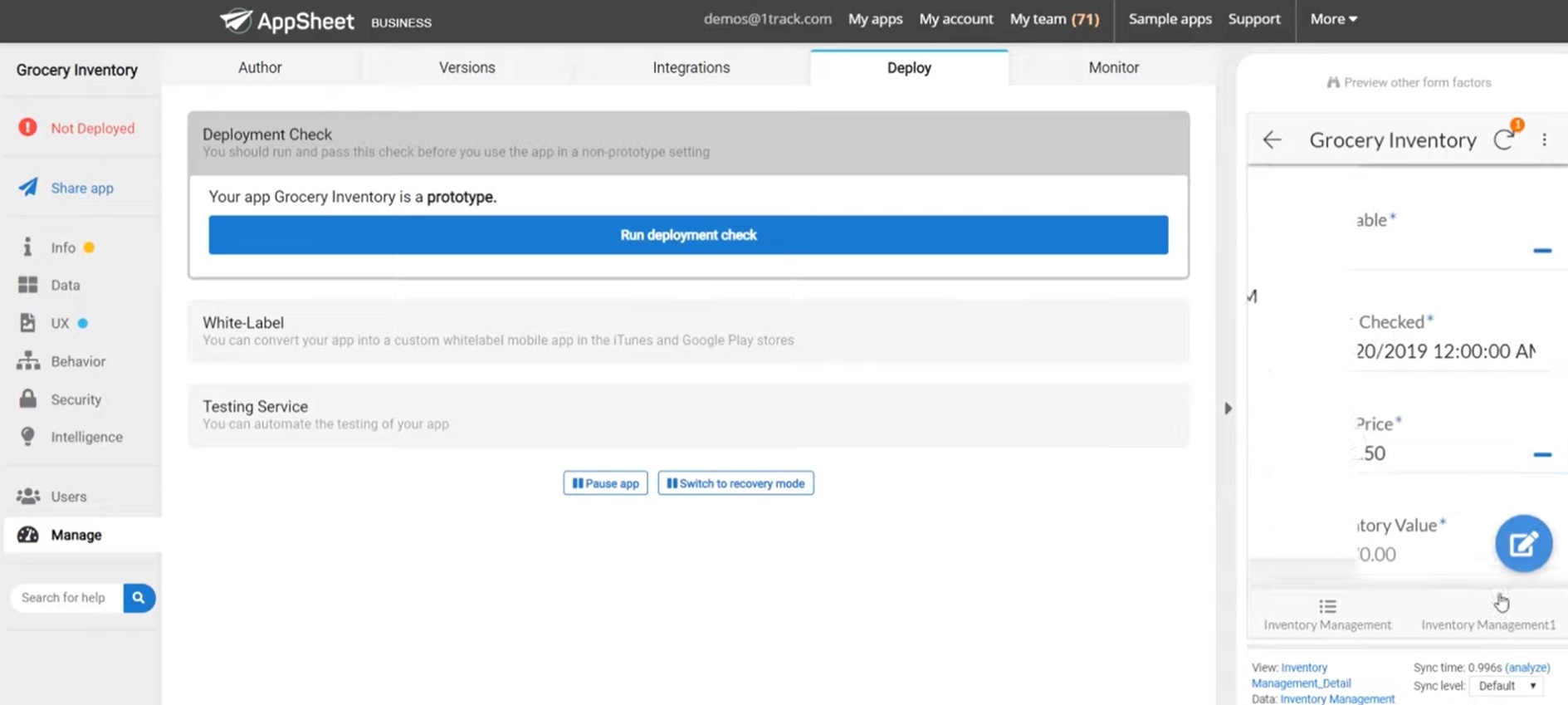Unique business needs require unique tools. While there are countless business solutions around, such as full-featured ERP software systems, it is often difficult to find a system that perfectly fits your workflow while making sure that you are getting value for your money. After all, you do not want to purchase an application that you cannot maximize. Large companies often hire teams of developers to create custom solutions for them. But, this can cost a fortune.
Luckily, no-code platforms allow you to create applications without ever touching a single line of code. Creating solutions, such as remote support software, is not exclusive to developers anymore. Many platforms come with user-friendly interfaces where you can build your next program without the steep learning curve.
When choosing which no-code platform to use, it can be confusing, especially if you do not have a background in app development. Of course, some of the biggest names are at the forefront of such innovative solutions, and they are increasingly becoming popular. To help you in choosing the best system, we have prepared a detailed Microsoft Power Apps vs Google AppSheet comparison.
But first, let us guide you through the factors that you should consider when choosing a no-code platform.
Things to Consider When Choosing a No-Code Platform
There are many factors that can affect your development process. That is why it is important to consider these things while you are shopping for a no-code platform:
- Usability – One of the primary goals of a no-code platform is to make your life easier when creating your application. The entire system from the user interface to the development workflow should be easy to understand. The sooner you can start developing, the more time, effort, and money you can save.
- Support and documentation – You or your team will eventually have questions throughout your development journey. At the very least, you should have access to detailed documentation. It should be comprehensive enough to answer your queries from the basic usage of the platform to advanced functionalities. Other solution providers even offer paid support, where you can consult their experts while building your app. Your experience and knowledge will determine how much help you will need later on.
- Security – Privacy and security are two of the most overlooked factors when choosing no-code development applications. If you are planning to use your creation in your business, it is important to check if your data is protected from both hackers and the service provider. Remember that you will be entering your corporate assets in their servers, so keeping it protected should be a priority as well.
Along with budget, time, and knowledge, the list above is just some of the considerations to ensure that you are using a no-code platform that best fits your goals and needs.
Overview of Microsoft Power Apps
Microsoft Power Apps is the IT giant’s take on a no-code platform that aims to empower everyone to create their own apps. It includes a rich set of tools that will allow you to develop programs that you can use on various types of devices. Microsoft understands that non-developers have different workflows. Hence, they offer canvas and model-driven tools, which eliminate the requirement for extensive technical knowledge.
With this tool, you can build apps for mobile devices and design them for optimal usability. It can even access various mobile services, such as the camera or geolocation, just like any software. If you are looking to process data, you can also develop sophisticated apps based on your data model and business workflows. Additionally, you can combine forms, charts, views, and more to create low-code portals for your customers.

Microsoft Power Apps combines powerful features that allow you to create apps specifically for your business.
Overview of Google AppSheet
Google used to offer its own no-code platform, App Maker. However, upon acquiring AppSheet, it will be retiring App Maker by January 19, 2021. It will be focusing on the former, which is now part of Google Cloud.
Google AppSheet is an intelligent no-code platform whose primary goal is to transform your workplace. You can create apps that adapt to your processes so you won’t have to write a single line of code. It includes tools that facilitate rich data collection so you can gain valuable and actionable insights. You will also have access to Google’s powerful Maps and Location Services.
Aside from the core development features, you can also build apps powered by machine learning. You can employ smart functionalities like enhanced search assistant, trend predictions, sentiment analysis, and much more. Speaking of smart solutions, AppSheet also includes automation capabilities so you can send notifications, generate files, update data, and schedule reports, among other processes.

Google AppSheet replaces the former App Maker for a more intelligent platform.
Microsoft Power Apps vs Google AppSheet Comparison
App Development Process
A good way to judge whether a no-code platform is worth your attention is to see if a complete beginner, along with relevant data, can build a simple application without any issues. When testing, you can sign-up for free trials and create something like a to-do app so you can fully experience how it works. Create functionalities as close to real-world usage, such as those in the best task management software practices.
The combination of a simple interface and easy-to-understand workflow makes Google AppSheet very novice-friendly. You can easily start without getting overwhelmed. Furthermore, you can condense features on the platform so you can focus on the functionalities that you need. It allows customization of the interface so you can make it as simple or as fully-featured as you like.
Similarly, Microsoft Power Apps tries to achieve simplicity by putting various features into categories. While you can access most core functionalities in just a few clicks, this can intimidate inexperienced users. Furthermore, you cannot customize the interface, which takes a bit of a learning curve. Its design-first and model-driven approach to creating apps may not fit all types of users. However, it has detailed onboarding content and tutorials, which AppMaker seem to lack.
At this initial Microsoft Power Apps vs Google AppSheet comparison, the apps are at an equal footing as they both have positive and negative aspects in terms of app development workflow and platform interface.
Integration with Your Current System
Unless you are planning to develop all your business tools from the ground up, you probably have a workflow and programs in place. Your custom application should be able to seamlessly integrate with your existing system and tools. If there are any set-up needed, there should be minimal installation without the need for advanced IT skills.
If you are already using Microsoft products or subscribed to Office 365, then Power Apps will work with your system right away. Because it is a Microsoft product, it supports and integrates with the rest of their software without extensive set-up required. It also has limited integration with Google Drive. Additionally, during installation, you can include various data integrations that connect to third-party sources, such as Twitter or Adobe, to extend its functionalities.
On the other hand, AppSheet allows you to switch between Microsoft and Google products seamlessly. Because it was developed independently from the Google ecosystem, its modern version inherits its ability to work with products from these two brands. However, it should be noted that its data integration is quite limited compared to Power Apps. It does work with Google Sheets and Forms, Excel on Dropbox, Office 365, Box, and Onedrive.
App Stability and Performance
Much like typical software development, finishing an app does not mean your work is done. You still need to observe its performance, issues in functionalities, and overall stability.
Microsoft Power Apps generally work well in most devices. However, users reported that its interface could be buggy on some Android devices and iPads. It can also affect the usability of your application. Furthermore, if you want your app to work offline, you have to take extra steps so it can save data locally. This gives you granular control of its behavior. However, it will take you extra time and effort to set-up.
Because AppSheet is backed by Google, your apps will work without any issues on Android devices. However, you should still test its performance, especially if your team is planning to install the app on different devices. Unlike Power Apps, AppSheet apps natively work offline. That means your app should work fine if you experience loss of connection. As such, this is a plus one for Google.
Pricing
Microsoft Power Apps allows you to build your software if you are already subscribed to Office 365. To run a single application, prices start at $10 per user per application. If you are looking to run unlimited applications, you will need to pay $40 per user per month.
Google AppSheet offers more economical pricing. Its Premium plan starts at $5 per active user per month, which you can upgrade for more features at $10 per active user per month. They also offer custom pricing for Business plans.
Both platforms offer free plans with limited functionalities which are perfect for exploring their features and capabilities.
Which No-Code Platform is Perfect for Your Next App?
The Microsoft Power Apps vs Google AppSheet comparison above highlights both platforms’ strengths. However, your choice will depend on the complexity of the app that you are planning to build. While Power Apps is slightly more expensive, if you are already using Office 365, then it is only logical to create your app within the Microsoft environment.
Google AppSheet, on the other hand, is a bit more flexible and stable. If you are completely a beginner but looking to learn app creation, this is a great introduction to no-code development. It is also cheaper than Power Apps, so it is perfect for self-employed individuals, small teams, or growing operations.
